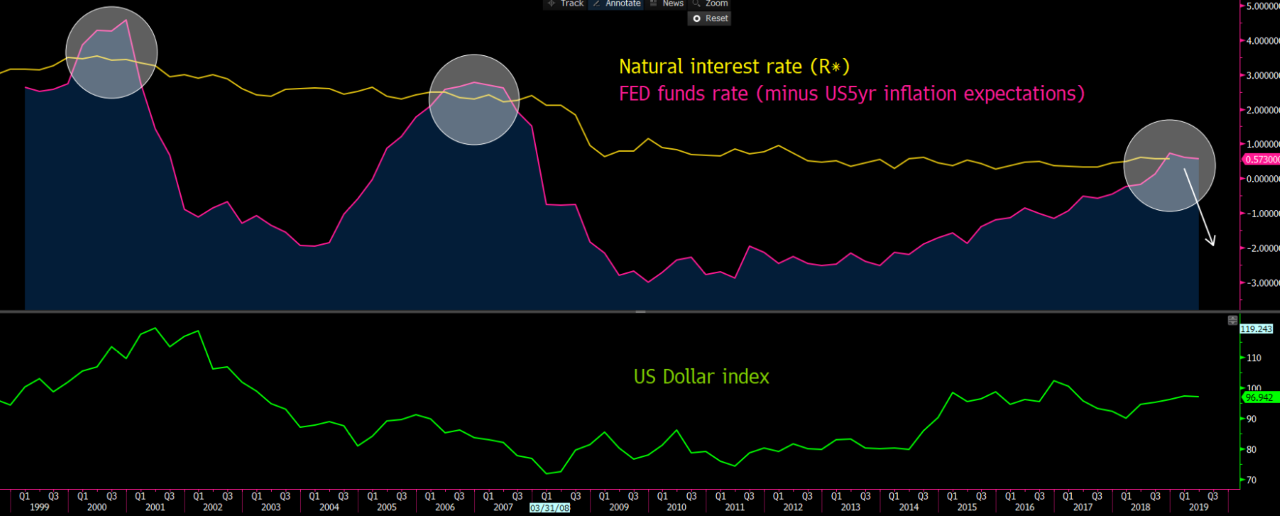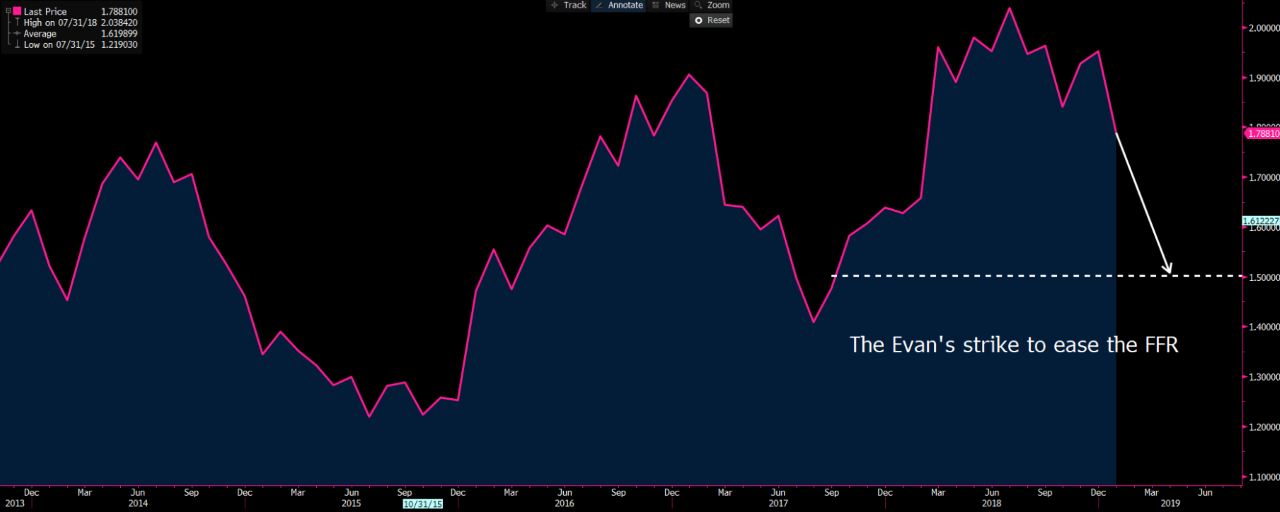US equity leads have given Asia little to work with, although as the session rolls on, the bulls are finding form here, with China coming nicely off the earlier lows. You know things are in a tough spot though when low implied volatility (IV) attracts the headlines, and that’s fair given we can see that IV sits below 10% on the S&P 500 and at reasonable discount to realised volatility (or historical volatility) – which in itself tells a story of genuinely calm in markets.
Here, in Australia, we see IV also below 10%, but still trading at a premium to realised volume, and it is somewhat rare to see traders less concerned about the future than they are about the current period - which is already incredibly sanguine.
Low volume supportive of carry structures
This low volume environment remains attractive for carry traders and those wanting yield, and to be paid to be in a position. There are a number of ways to look at why volumes are low though, but at the heart of this is a market who understand that the world’s key central banks have moved to a far more dynamic and flexible approach to policy, and stand ready to stimulate if necessary. The markets feel supported, but amid this shift we can see clear signs of economic stability, which leads us to increase our view that Q1 could feasibly be the trough in economic fragility.
Backing this camp, we have seen signs that PMI data is looking better, as is industrial production, with the four-week average of US jobless claims sitting at multi-year lows. Jobless claims have traditionally been a good indicator of upcoming recessions, as we can see from the Bloomberg chart, which seems to give a clear recession signal when it moves through the three-year average.
China’s credit impulse is heading higher courtesy of some punchy credit and money data in January and March, and today we have seen China March house prices gaining 0.6% in March, which could build on the wealth effect. China’s equity markets seem to be finding buyers here, with the CSI 300 over 1.4% higher.
Key event risk to watch this week
We get more answers to the global economic puzzle through the week, with German ZEW out at 7 pm AEDT tonight. China’s industrial production, retail sales, Q1 GDP and fixed asset Investment are due tomorrow. And the event risk doesn’t stop there, with Aussie employment, EU PMI and US retail sales due on Thursday, and it’s fitting then that we have Good Friday away from markets and time away from screens to recoup. Implied volatility may be low, but the event risk is still real this week even if traders do not see price moving too aggressively, in either direction.
I do think Fed member Charles Evans’s comments on inflation trends are interesting, even if the rates, bond and FX market failed to see them as a catalyst. While remaining quietly optimistic on the US economy, and sitting in the camp that rates are on hold until September 2020, he did suggest that if core inflation fell to 1.5%, then the policy would be too restrictive and would require a lower fed funds rate. Well, perhaps our best guide here is that five-year inflation expectations (where I’ve looked at US 5y5y breakevens) sit at 2.04%, and that doesn’t give us too much concern about how market participants see the trajectory of inflation. That said, core inflation (PCE) sits at 1.8%, and a look at the chart would give those already position for rate cuts, as well as the USD bears, great encouragement.
Core inflation is key now, along with employment trends in the US, and Charles Evans’s comments build on the dovish case we heard recently from vice-chair Richard Clarida, who gave us a strong understanding that the hurdle for rate cuts is far lower than that of rate hikes. The interest rates market has held a view that the next move is lower in rates since November and judging by the chart of the real fed funds rate relative to the perceived neutral rate, it seems policy is already too tight, and again this play into the fact rates markets expect cuts to play out and certainly goes some way to vindicate Trump’s recent calls.

As we can see on the weekly chart of the USD, market participants are unsure where the USD is headed, and that is likely because FX is a relative game. If everywhere else was booming then naturally the USD would be far weaker. However, should we see disinflationary trends becoming a significant issue on a global basis, then one would argue that exchange rates will effectively become the new central bank and I am sure “currency wars” will start to be banded around more liberally. The race to weaken one’s exchange rate and export your disinflation will be a key market theme.
It seems as days go by our trigger points are becoming more defined and perhaps a 1.5% core inflation rate can now be labelled the ‘Evans put’.

RBA minutes highlight the debate around rate cuts
Locally, the RBA minutes made mention of a more detailed discussion on a now much-speculated interest rate cut. Granted, AUD/USD was selling off into the minutes, but the narrative has attracted further AUD sellers, with Aussie 3-year Treasury’s falling 3bp on the session to 1.45%. Swaps are pricing 27bp over the coming six months and 37bp over the coming 12 months. The interesting aspect here, and granted the barrier to rate cuts in Europe and Japan are high, is that the RBA has taken the RBNZ’s mantra as the central bank who are due to ease rates most intently in G10 FX over these two periods.
The playbook remains clear and looks remarkably like that of the US. Any uptick in the Australian unemployment rate, married with a weak trimmed mean inflation print (of say 0.3% qoq) and the RBA will ease, as their path of least regret. If the battle lines are progressively well known in the US, there are undoubtedly clear triggers here too. If you want to know what will cause FX volumes to rise and better trending conditions to take hold, it has is likely to be central bank divergence. We know the triggers for a central bank to act, but should it play out in one economy far sooner than another then this notion of divergence will act out even if cuts are already discounted in rates markets.
